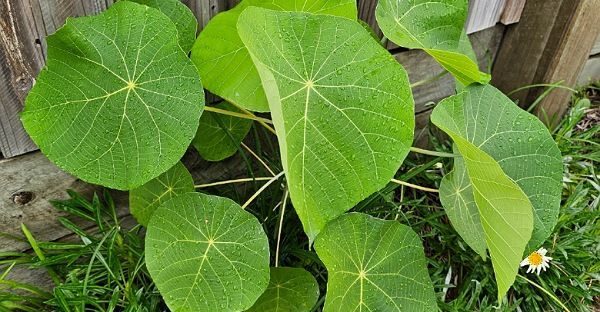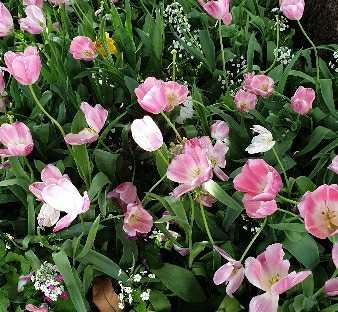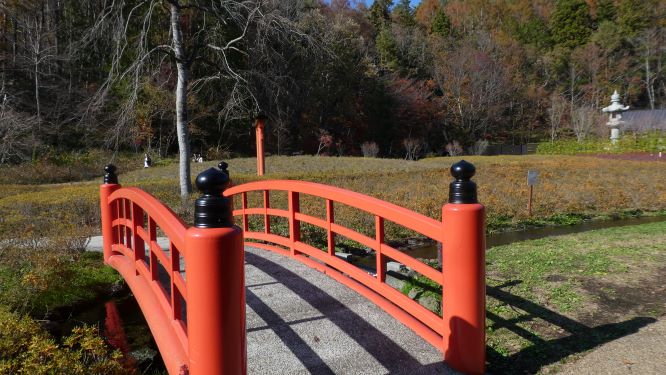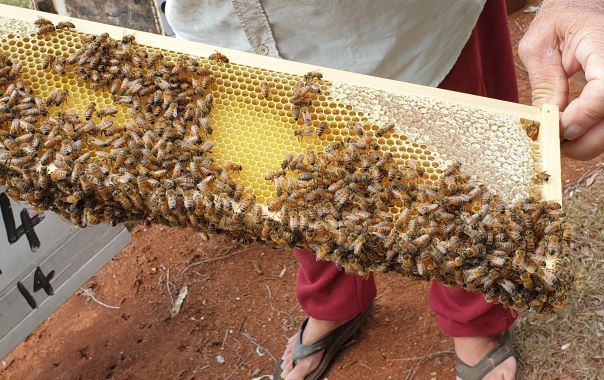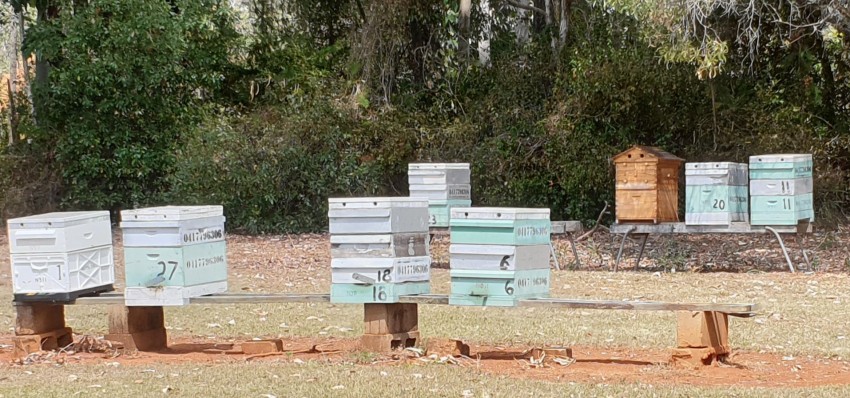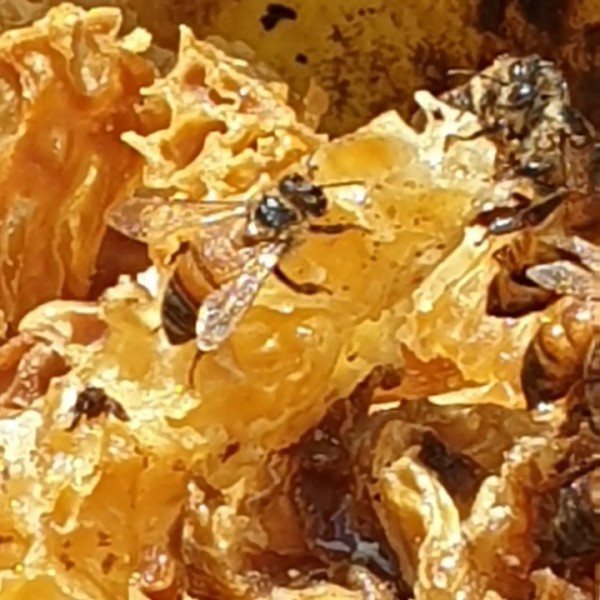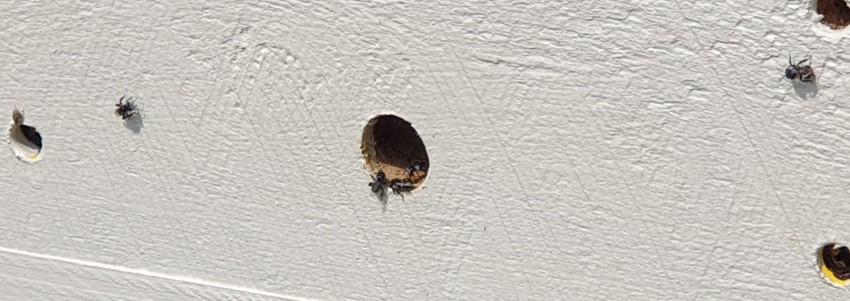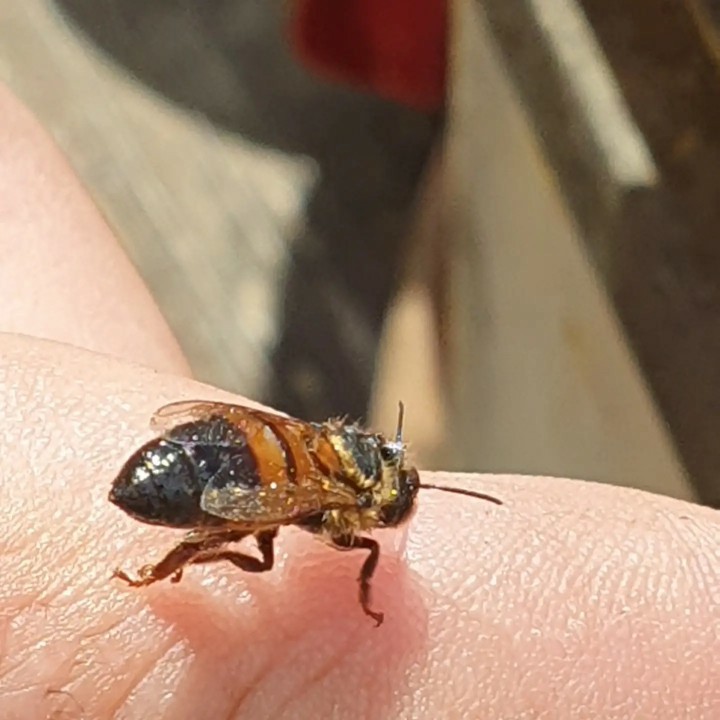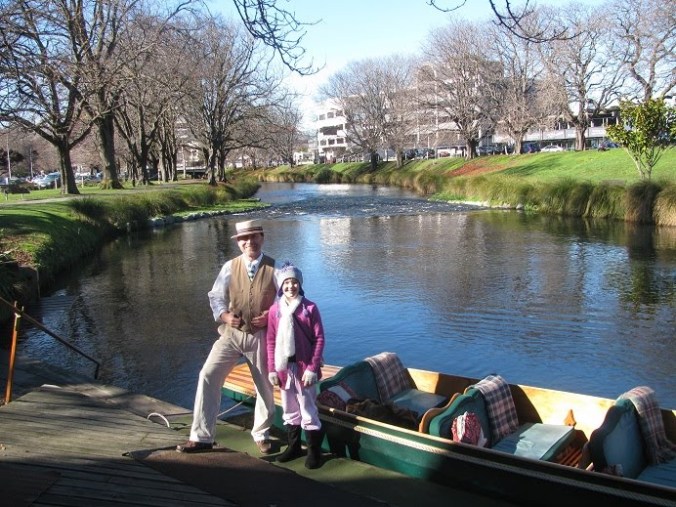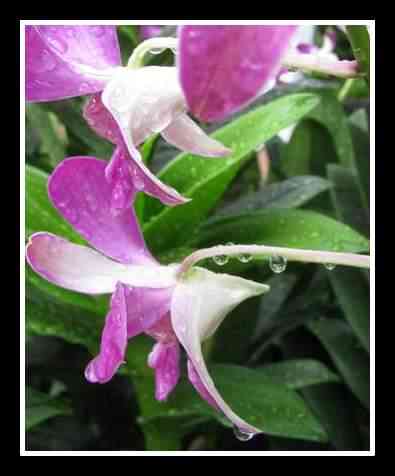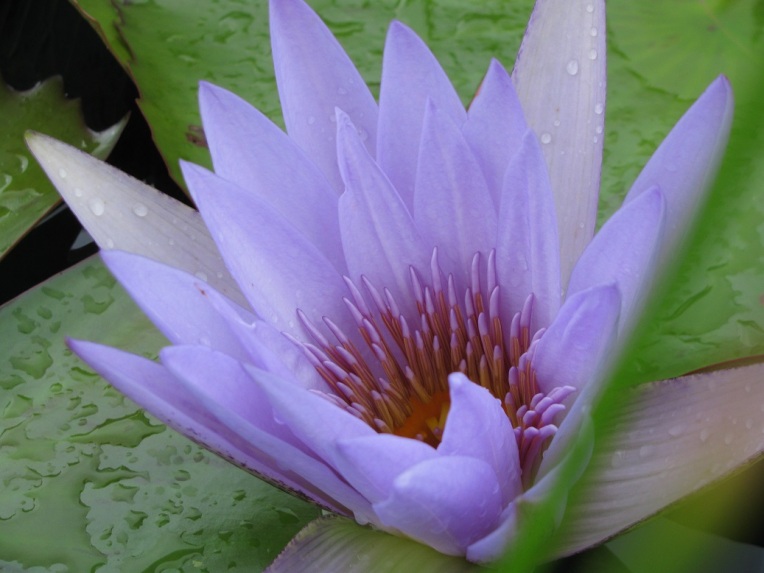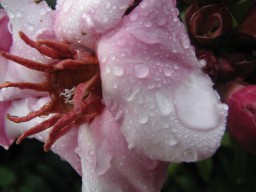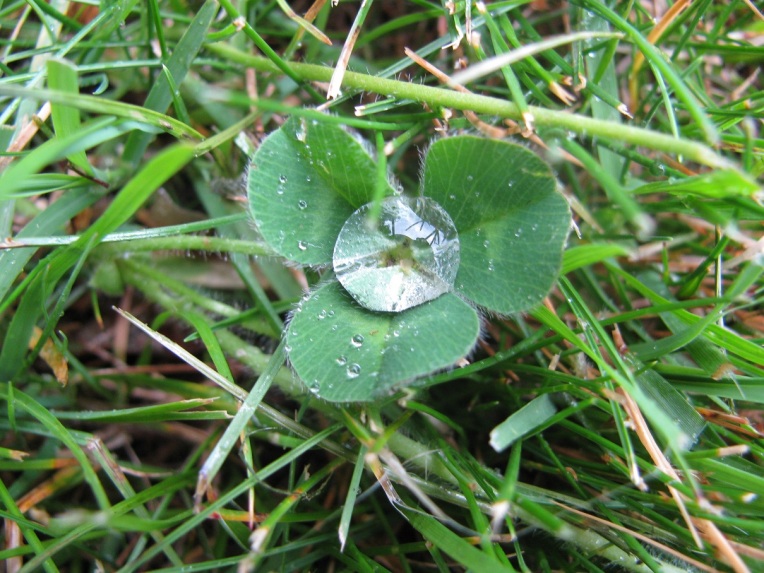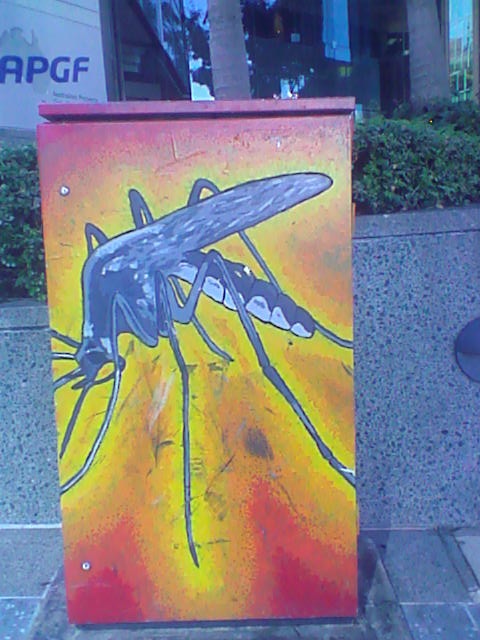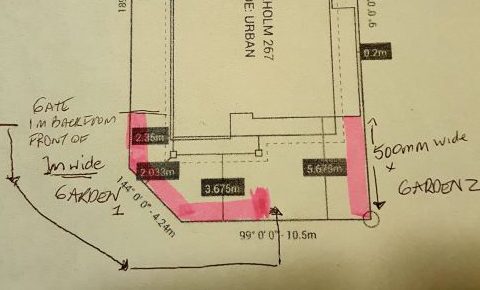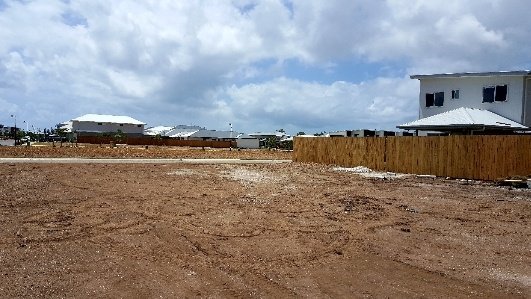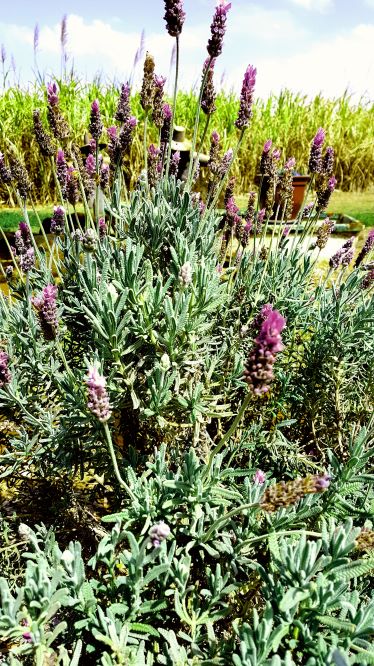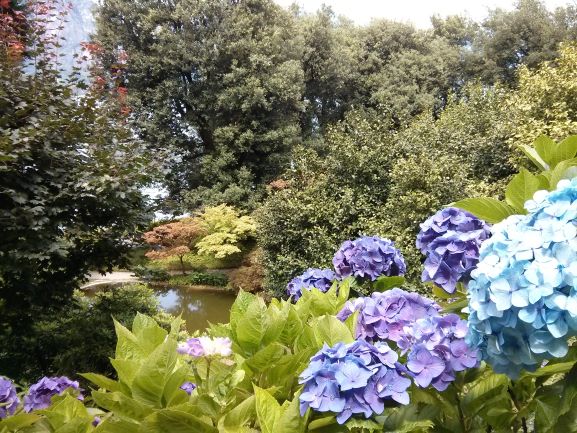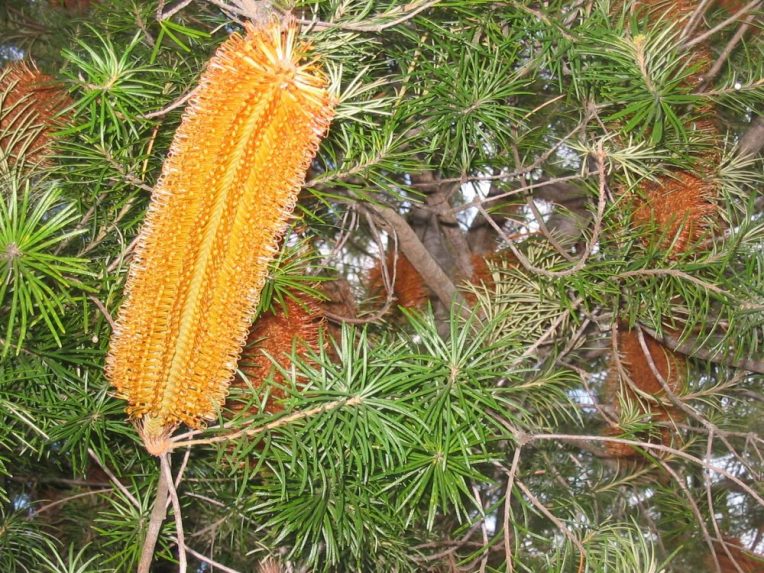Earlier this year, on Australia Day, I wrote about how ‘dangerous,’ life can be in Australia. By employing a little common sense means nothing dreadful will happen, if you do visit our sun-drenched shores. Almost without exception, Australians live our entire lives without contact with a deadly snake, a Funnel-web Spider or a Death Adder.
So it came as a shock to find that …
Pottering in my garden might have inflicted serious injury or death.
[NB. this tale does not involve use of a power hedge trimmer, or chain saw].
Enter Australia’s Stinging Nettle Tree, or Gympie-Gympie.

Called the Gympie-Gympie, by the Gubbi Gubbi First Nation People, it is also known as the Suicide plant. For good reason –
Two species of the Australian Stinging trees– the Gympie-Gympie (Dendrocnide moroides) and the Giant Stinging Tree (Dendrocnide excelsa) are considered the most venomous plants in the world.
Unlike its European or North American Nettle counterparts, the Australian species are ‘particularly notorious for producing an excruciatingly painful sting.’ Covered in fine hairs like hypodermic needles, Dendrocnide species inject their toxins into skin, at the slightest touch or by brushing up against the leaves.
“Severe cases can lead to shock, and even death.
Horses have been known to die within hours of contact with this plant and one man was purported to have shot himself to end the excruciating pain. He’d inadvertently used the Gympie-Gympie leaf as toilet paper when camping in the forest.
Even inhaling the hairs of a dead 100 year old herbarium specimen caused sneezing, rashes, and nosebleeds and pain! This plant really is dangerous!
Entomologist and ecologist Marina Hurley who has been stung herself, likens the Gympie-gympie’s sting to “being burnt with hot acid and electrocuted at the same time.” What’s more, the pain can last TWO YEARS!
And…..
Yesterday I discovered one growing in my Garden!
GASP!
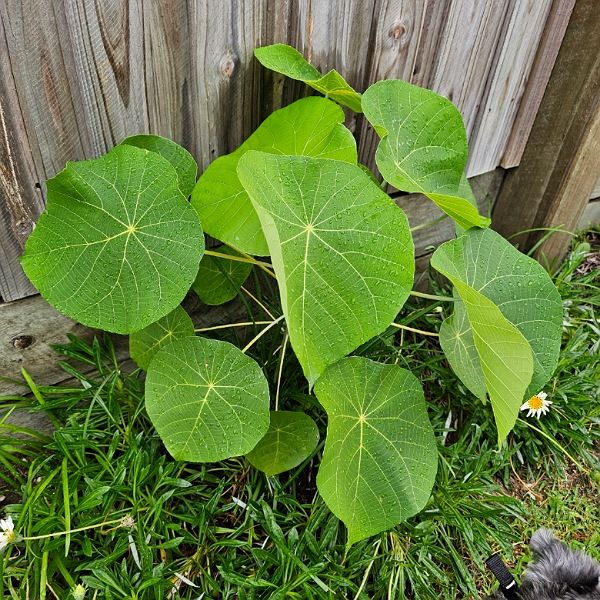
Nature’s instrument of torture popped up along my garden fence, germinating shortly after Christmas, waiting to exact revenge on any life form that brushed passed!
That’s my dog’s furry ear is in the bottom right of the photo. How easy it would be to brush up against it while weeding! Being chemical stable, the toxins contained in the hairs are so minute, extracting them is difficult.
Needless to say, the M.o.t.h gowned and gloved up and disposed of the plant promptly. I am relieved the dreadful thing is bagged and safely disposed of.
Researchers are hoping to put this dangerous plant to beneficial use.
The poison in stinging trees was recently discovered to be a peptide, similar to some venomous spiders and cone snails, which also inflict terrible pain.
The poison works by binding to pain receptors in the nervous system, firing them up into a frenzy of activity. It’s hoped that working out how these proteins work may lead to the creation of new painkillers. [www.theguardian.com/e]



